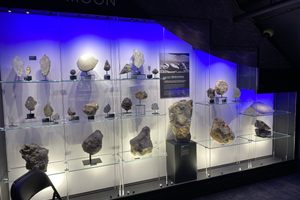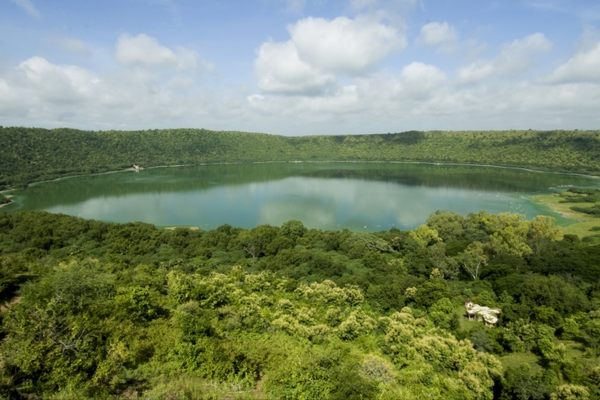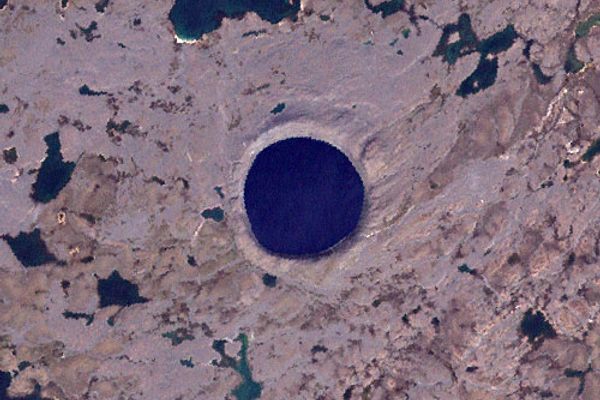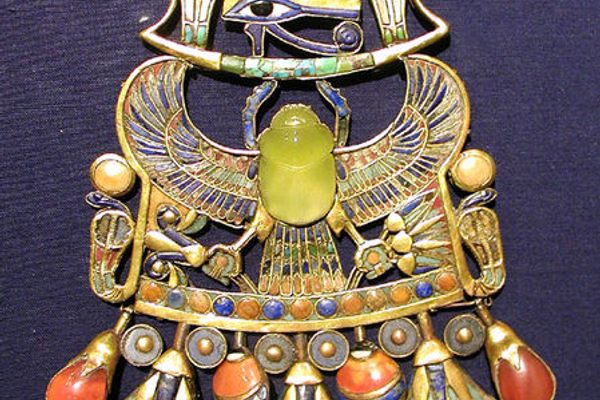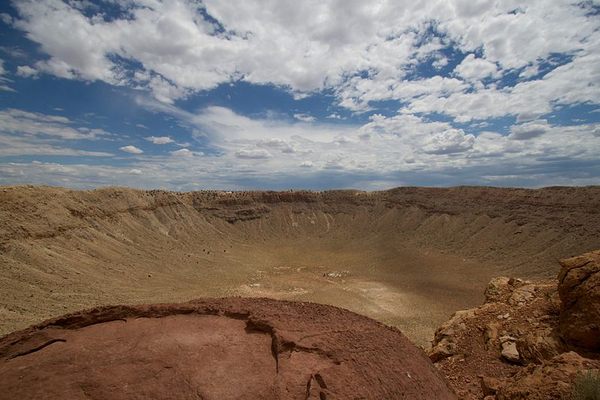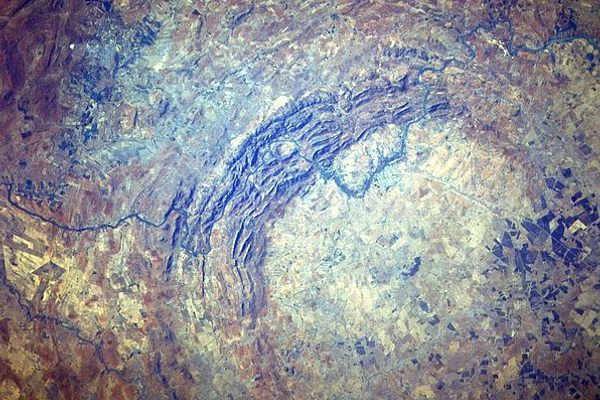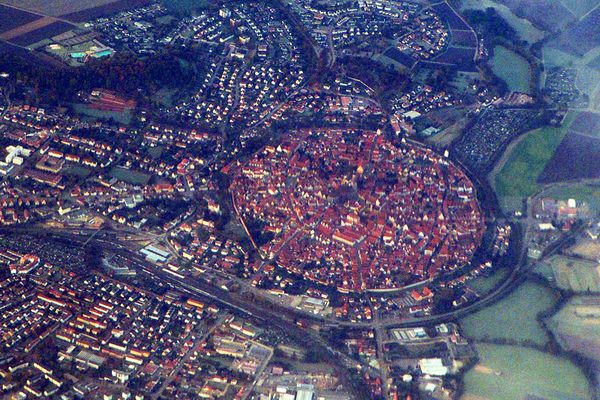About
As the largest known meteorite known on earth, you would think that this 60-ton iron-nickel meteorite would have left an immense blast crater when it fell to earth nearly 80 million years ago.
As you head down the dusty roads into the valley where the Farm Hoba is located, the black rock running through the sides of the surrounding hills look as if there was a massive explosion. No one is certain how the meteorite arrived in that spot; it may have bounced across the earth from the original impact site to its present site. The large cuboid shape (about 3-by-3 meters around and 1 meter high) was discovered in 1920 by the owner of the farm, Jacobus Hermanus Brits, when his plow struck it. Brits heard a metallic clang, and his oxen couldn't pull the plow any further.
The American Museum of Natural History in New York City tried to purchase the meteorite in 1954 but couldn't move it, and the site was declared a National Monument in 1955, though you couldn't visit it until 1985. The site has now been improved with a pleasant grassy garden and picnic area, as well as easy access to the meteorite. It's a joy to stand upon as you ponder the rock's extraterrestrial origins, not to mention its incredible age: The meteorite is estimated to be between 200 and 400 million years old.
Related Tags
Know Before You Go
Google maps site http://maps.google.com/maps?ll=-19.5899,17.9336&spn=0.02,0.02&t=k My waypoint position S19 35.552 E17 56.022
Published
March 5, 2010



















